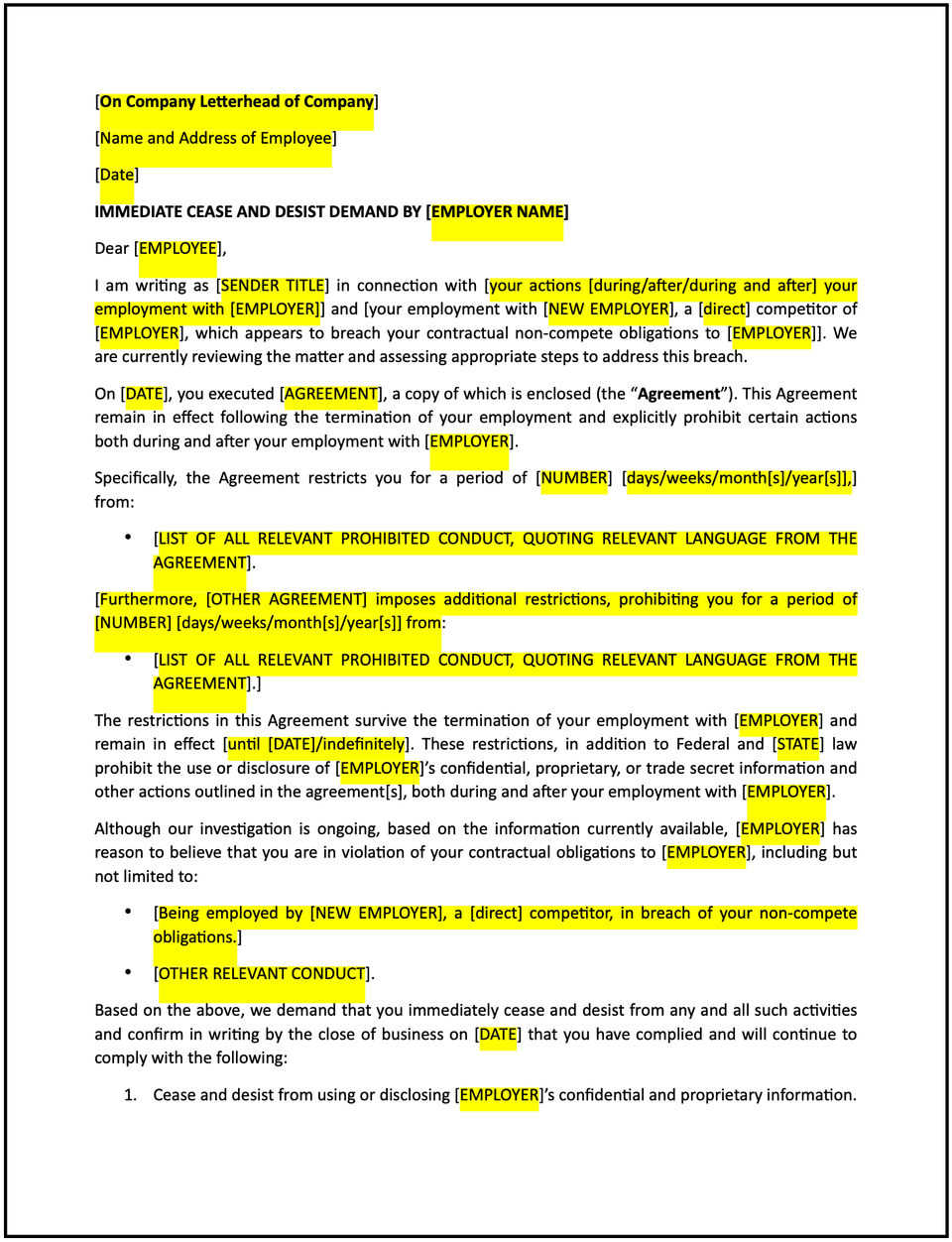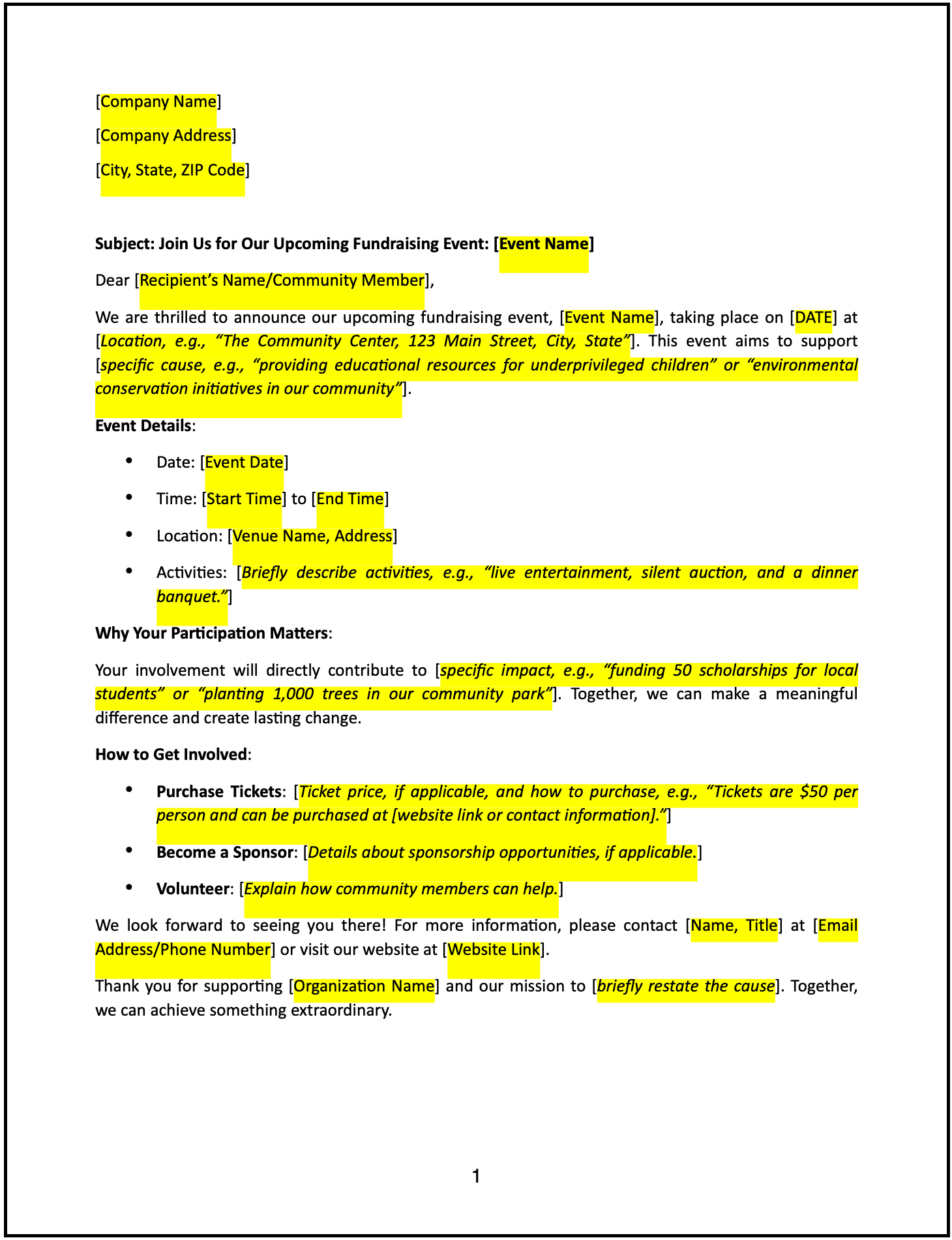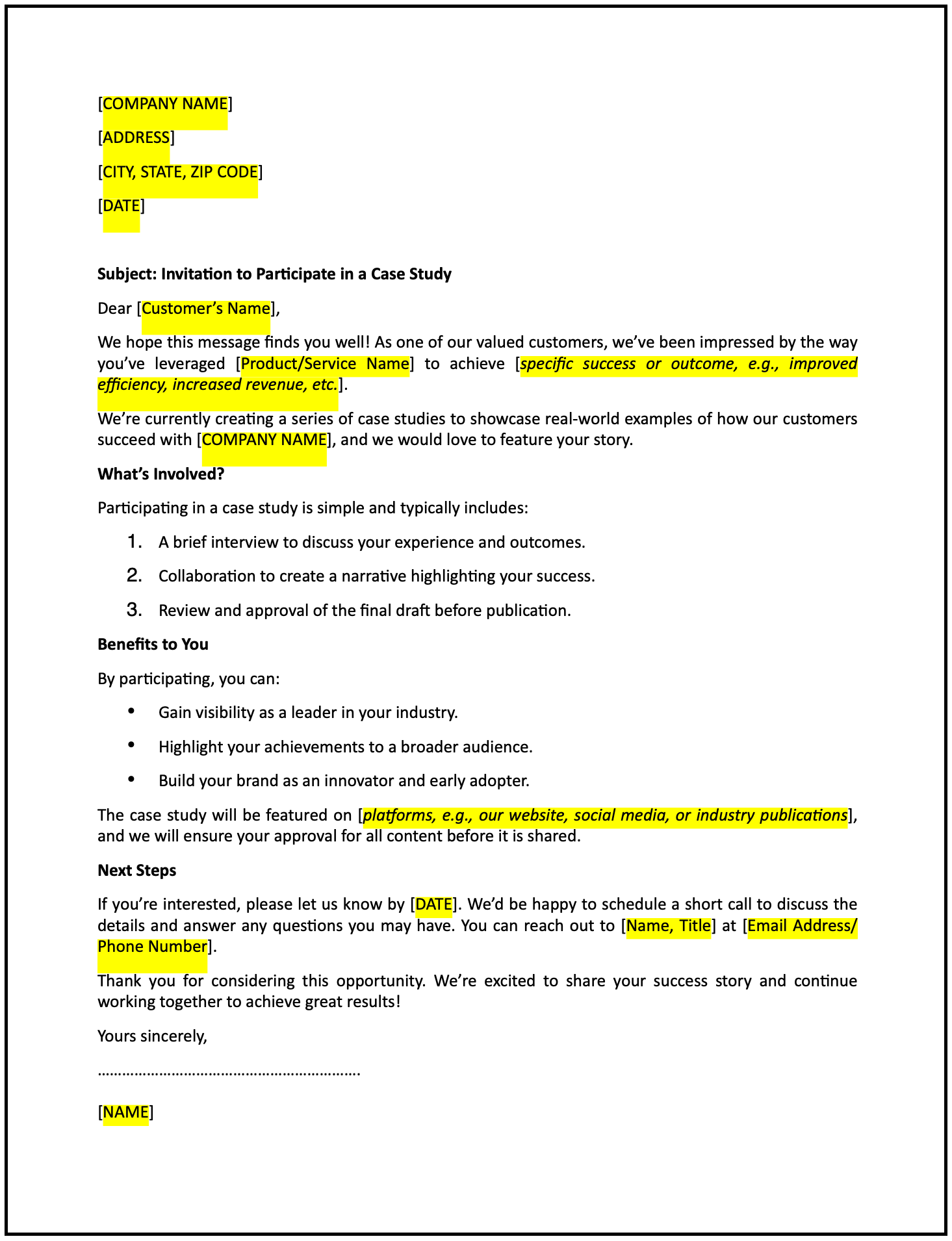Alleged breach of non-compete clause letter (to former employee only): Free template

Alleged breach of non-compete clause letter
An alleged breach of non-compete clause notification letter is a formal communication sent to a former employee who is believed to be in violation of a non-compete agreement. This letter outlines the facts leading to the concern, references the specific clause in question, and requests immediate clarification or corrective action.
The goal is to notify the former employee of the issue, preserve your legal rights, and provide an opportunity to resolve the matter before escalation. This type of letter is often used as a first step in enforcing post-employment restrictions.
How to use this alleged breach of non-compete clause letter
- Open with an introduction: Address the former employee respectfully and reference the original employment agreement, including the effective date.
- State the purpose: Clearly explain that the letter concerns a potential violation of the non-compete clause.
- Describe the alleged breach: Provide details of the activity believed to be in violation, including dates, the name of the new employer (if known), and the type of services being provided.
- Reference the clause: Cite the section of the agreement that restricts post-employment competition and outline its scope and duration.
- Request a response: Ask the recipient to confirm or deny the activity and to provide any relevant information to clarify their position.
- State possible consequences: If appropriate, mention that continued violation may lead to legal enforcement, such as injunctive relief or damages.
- Maintain a professional tone: Keep the language clear, factual, and respectful while emphasizing the seriousness of the issue.
- Provide contact information: Include your full name, role, phone number, and email so the former employee can respond or request a discussion.
Benefits of using an alleged breach of non-compete clause letter
- Promotes accountability: Formally notifies the former employee of the potential breach and encourages clarification.
- Reflects professionalism: Demonstrates that your business is handling the matter in a measured and respectful way.
- Supports legal enforcement: Serves as written evidence of your attempt to resolve the matter before escalation.
- Builds a record: Documents your position and the facts you believe support the alleged violation.
- Encourages resolution: Provides an opportunity for dialogue or correction before legal action becomes necessary.
Tips for writing an effective alleged breach of non-compete clause letter
- Be specific: Include clear details about the alleged activity and how it may conflict with the agreement.
- Use professional language: Maintain a calm and objective tone, avoiding accusatory or emotional language.
- Provide context: Reference the relevant section of the employment agreement and the agreed-upon restrictions.
- Highlight expectations: Let the former employee know what you are asking for—whether it’s a response, cessation of activity, or clarification.
- Include actionable steps: Give instructions for how and when the recipient should respond.
- Keep it concise: Focus on facts, agreement terms, and your request for clarification or compliance.
Frequently asked questions (FAQs)
Q: What details should I include in this letter?
A: Include the original employment agreement reference, the non-compete clause details, the alleged activity, and your request for response.
Q: Should I personalize the letter?
A: Yes. Address the former employee by name and reference their specific agreement and role to ensure clarity.
Q: Who typically sends this letter?
A: Business owners, HR leads, or legal counsel representing the former employer.
Q: How formal should this letter be?
A: The tone should be formal, factual, and respectful, even if the breach is serious.
Q: When should this letter be sent?
A: As soon as a potential breach is identified, especially if the activity is ongoing.
Q: Can this letter include a deadline?
A: Yes. Setting a deadline for response encourages timely resolution and supports legal preparedness.
Q: Is acknowledgment from the recipient required?
A: While not mandatory, requesting acknowledgment helps establish a clear communication trail.
This article contains general legal information and does not contain legal advice. Cobrief is not a law firm or a substitute for an attorney or law firm. The law is complex and changes often. For legal advice, please ask a lawyer.


